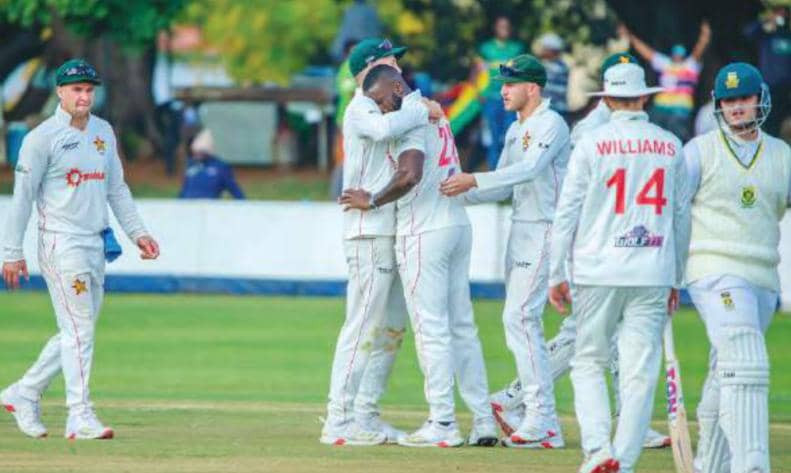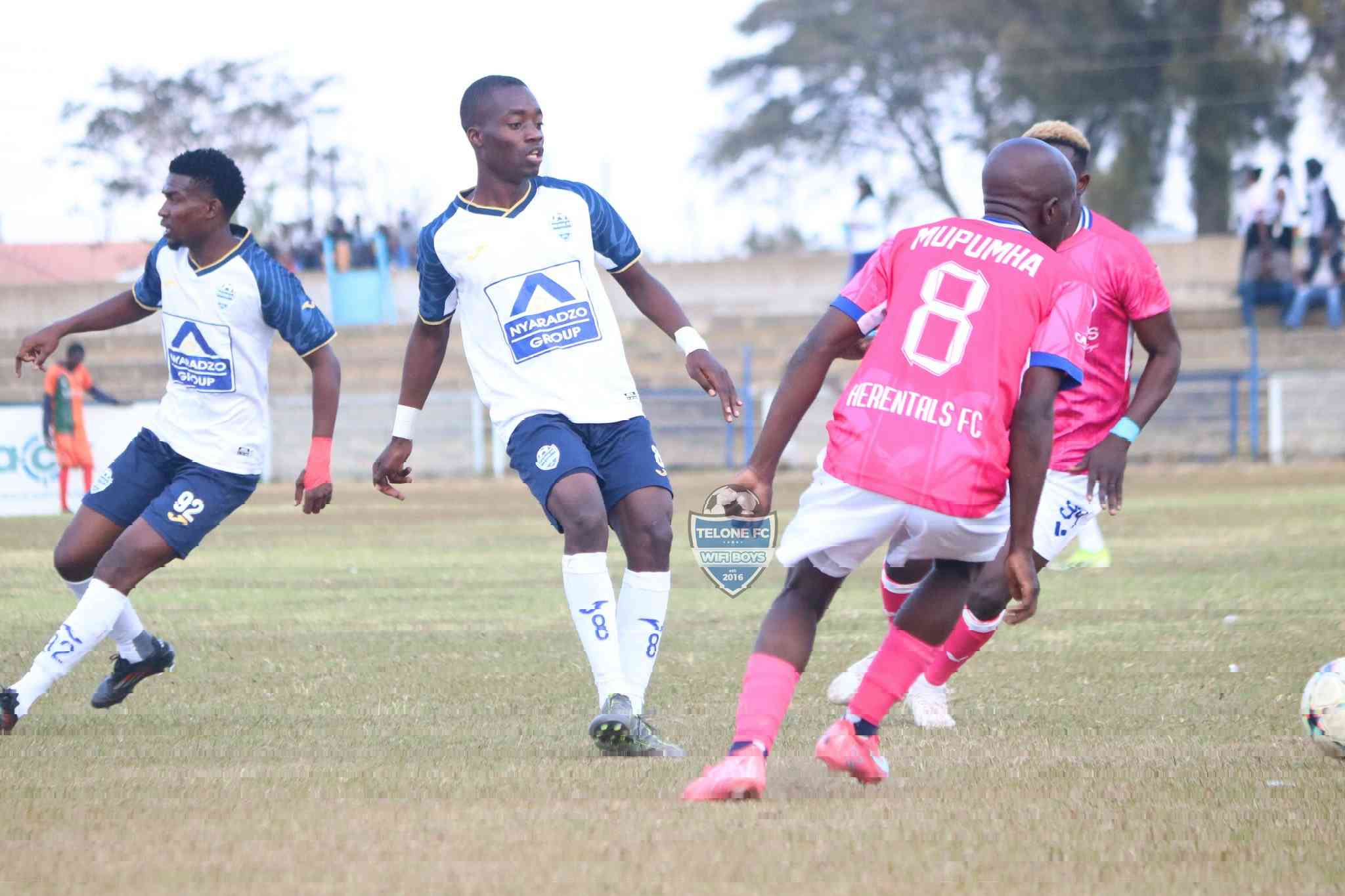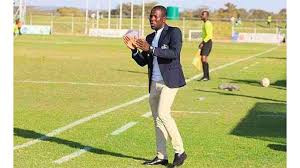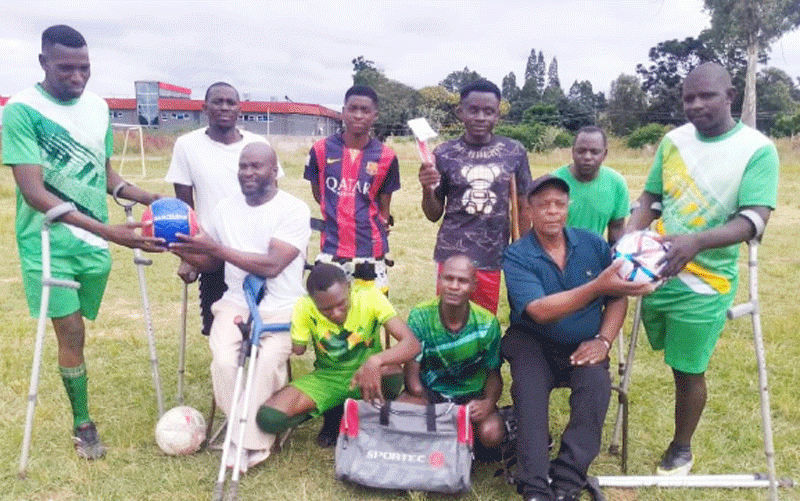
IN an article in March 2011, the journalist Mike Norrish wryly noted that “Cricket seems to have run out of ways to spice things up. It’s even been left behind by Formula One, where Bernie “The Rainmaker” Ecclestone is implementing devilish plans which will see sprinklers soak the track in middle of a race, turning a predictable procession into a more glamorous version of Wacky Races.”
school of sport with TIM MIDDLETON
He went on, tongue-in-cheek, to offer some suggestions on improving the cricket matches, to generate more interest and attention, including: “If a batsman can catch one of his own shots, he is not out. Have a handicap system, according to International Cricket Council (ICC) ranking. Amend the “timed out” rule so batsmen have only 15 seconds to make their way from the dressing room on to the field. For one over, to be nominated during the game by public text vote, only three fielders are permitted on the pitch (to be known as “The People’s Powerplay”. In this spell, boundaries do not count, forcing the batsmen to run everything. In true park-cricket style, if the batsman hits the ball over the fence, he has to go and fetch it himself. Crowd catches count. To liven up the dull middle overs, singles should be punished by the umpires by adding an extra stump at the end of the over. Fours and sixes count double during this period.” He was, in short, looking at ways to create space in cricket for future development.
Golf is also currently looking at ways of spicing up its format, to entice and encourage people to play it. Maybe soccer then should follow and apply the same rules we find on the X factor or strictly come dancing — teams will play for 15 minutes, then a couple of pundits will discuss how the teams have played before fans phone in their vote as to which team should win! Maybe not! However, each sport is looking at ways in which it can create space for their sport in the crowded lives of individuals! And the lesson can best be taught on the very same sports field!
Creating space is one of the hardest things a young player can learn, but it is also probably the most important lesson every young player must learn. The sports field can be very crowded places, especially with well-drilled defences, so players must learn how to create that much-needed space. If they have the ball, they can create space with their eyes, looking in one direction but passing in another; they can do it by dummying as if to pass or to move in one direction and going in another; they can do it by running diagonally, to move the opponent, rather than by running straight at the opponent; they can do it by doing everything at speed and with accuracy; they can do it by simple timing. Without the ball, too, they can create space for their team-mate by running away from the ball and thus taking the opponent away from the ball or they can run to receive the ball in space rather than receive it directly. They need to learn that creating space, for oneself or for one’s team-mate, is more important than actually receiving the ball.
Before we teach the children how to do that, we must create the space for them to be able to do the above. We must create a space for each child to develop, not least by not having them specialise at a young age into either one sport or into one position in any one sport. We must give them space and help them create their own space. If it is crucial for a team, it is equally crucial for an individual.
The bigger lesson, however, from all of this, from helping our children learn how to create space, is going to come after school. The same principles that are crucial in sport are also essential for life. Our young people need to learn to create space for themselves in this crowded working world. They need to learn to create space in the working world by looking for a gap in the market, by seeing an opportunity and an opening into which they can move towards their goal. They need to learn to run at different angles in their work so that others do not simply need to stand still to face the opposition. So, firstly, they need to learn the skills of the entrepreneur on the sports field. Equally, however, our young people need to learn how important it is to create space for their team-mate, to run unselfishly off the ball, either to confuse the opposition or to move the opposition. They need to learn the importance of service, of commitment to the team cause, through creating space for others, without seeking glory or the attention. Secondly, therefore, they need to understand the significance of selfless service for the cause, of volunteering.
Have we taught this enough? Don’t watch this space — create it!
- Chamisa under fire over US$120K donation
- Mavhunga puts DeMbare into Chibuku quarterfinals
- Pension funds bet on Cabora Bassa oilfields
- Councils defy govt fire tender directive
Keep Reading
Tim Middleton is a former international hockey player and headmaster, currently serving as the executive director of the Association of Trust Schools. Email: [email protected]











